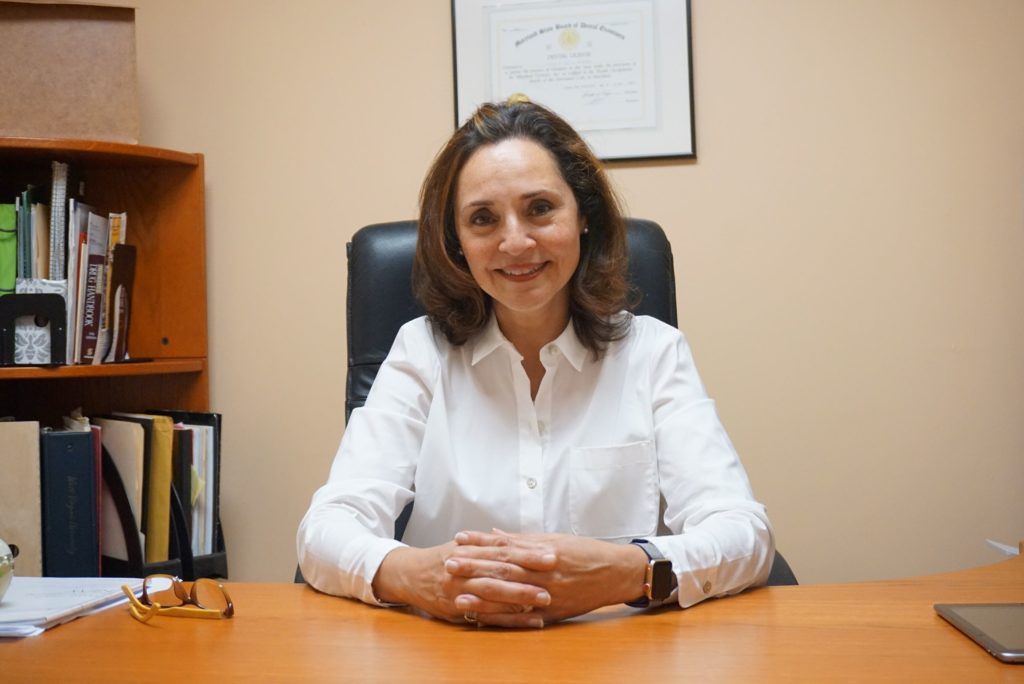
Orthodontics is not only about making a child’s smile pretty. Although not every child will need braces, having an early assessment can prevent issues such as crowding or breathing obstruction—or future teeth shifts if you manage to adjust the jaw while it’s still growing.
Parents naturally will have questions about orthodontic care. Discover what you should know before making an appointment for your child.
What’s the best age for an initial appointment?
The American Association of Orthodontists recommends children come in for their first assessment by age 7 at the latest—or earlier if there’s a need.
“In general, children should start visiting their family dentist starting at age 1,” says Parvin R. Madani, DDS, of Charles Street Dental, a dental practice in Baltimore that includes pediatric dental care and some orthodontic treatments.
Chesapeake Pediatric Dental Group notes on its website that the American Academy of Pediatrics (AAP) and American Academy of Pediatric Dentistry (AAPD) make the same recommendation.

A pediatric dentist can monitor jaw development and permanent tooth size, and make referrals for orthodontic treatment when issues arise. Children should go for regular dental checkups every six months, Madani says.
Children start losing some of their front primary teeth at age 7. For that reason, it’s a great time to assess any developing problems that need immediate attention or monitor them until adult teeth come in, explains Leyla R. Davoody, DDS, MSDs, an orthodontist at Smile Frederick Orthodontics.
“If it turns out that your child does need early intervention, this allows an orthodontist to guide your child’s teeth and jaw development while their mouth is still growing, greatly reducing the need for tooth extractions or surgery later,” says David R. Ross, DDS, MS, of David Ross Orthodontics in Lutherville.
For a child’s first visit, families can expect a dental exam, X-rays, photos of the face and teeth and a discussion of orthdontic treatment recommendations.
What types of treatments exist?
“Please keep in mind that orthodontic treatment is not a one-size-fits-all treatment,” Davoody says.
Elizabeth C. Robles, DDS, a specialist in orthodontics and dentofacial orthopedics at Germantown Pediatric Dental and Orthodontic Center, suggests parents ask what types of braces their child’s practice uses.
“If they are still using traditional braces with the traditional colored ties … this is almost like using the corded dial-up telephone,” Robles says.

Although they’ll still get the job done, she says, evolving systems—like Damon braces—move teeth in a much safer, gentler and faster way.
Braces could be fixed in the mouth (traditional or lingual) or removable aligners, and other orthodontic appliances such as headgear, face masks or elastometric growth-modifying appliances could be used with either, Davoody notes.
But Madani does not recommend clear aligners for children because they require complete compliance on the part of the patient.
Although they might look traditional, new braces are not the same, Robles clarifies. They now have technologies such as integrating root systems of movement that actually make them better than leading competitors, she says.
What’s the value of early intervention?
“Orthodontics isn’t just about having straight pretty teeth and a nice smile. It’s much more than that,” Robles says.
Early intervention is key. Catching severe crowding early enough allows for a healthier eruption of permanent teeth and better hygiene later in life, Davoody says.
Making adjustments to the width of the jaw helps increase airways and address snoring or breathing issues, says Robles. And individuals have a limited time to make these changes before adulthood.
Davoody adds that the “upper jaw usually stops growing and fuses to the cranium by age 12. Therefore, any skeletal changes to the upper jaw (need) to be addressed before this age, in order to have a skeletal correction and not just movement of teeth to help with bite.”

Madani agrees in the benefits of jaw adjustment, noting that widening the arch makes more room for the tongue and decreases the chances of obstructive sleep apnea as an adult.
Know Before You Go
It’s important to understand that early treatment doesn’t mean a child won’t need it in the future, and alternatively not every child will need orthodontic treatment. If a treatment is recommended, be sure you discuss the side effects, the goal of the treatment, the right time to start and how long it will take.
Davoody says most treatments take about two years.
“Some children might not be emotionally ready to make such a commitment to this long of a treatment,” she says. Your child should be aware of what’s expected in treatment and post-treatment care.
Davoody says some misconceptions are that you can eat whatever you want with back teeth, and it won’t break your braces. Additional myths are that you don’t have to wear your aligners or elastics all the time, and that using a retainer could be a quick fix. It’s also a misconception that you don’t need to wear your retainer once your braces are off, Madani says.
Finally, preparing for costs can save a lot of headache.
On average, insurance covers about 20% to 25% of treatment, Robles says, but know what’s covered before going forward with treatment. Insurance for orthodontic treatments is often limited. Don’t assume you’re covered because the doctor said you need it, adds Madani.








